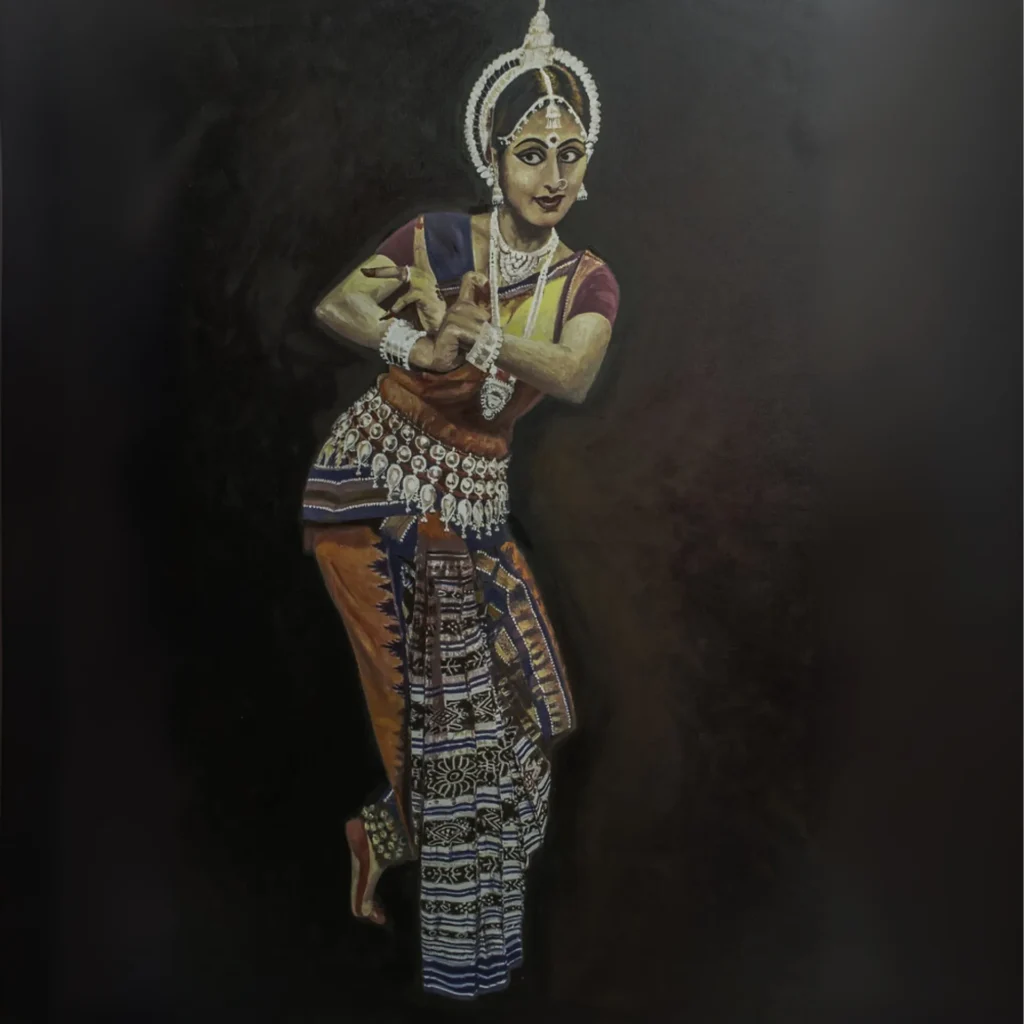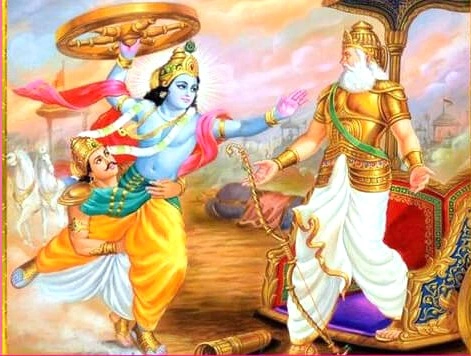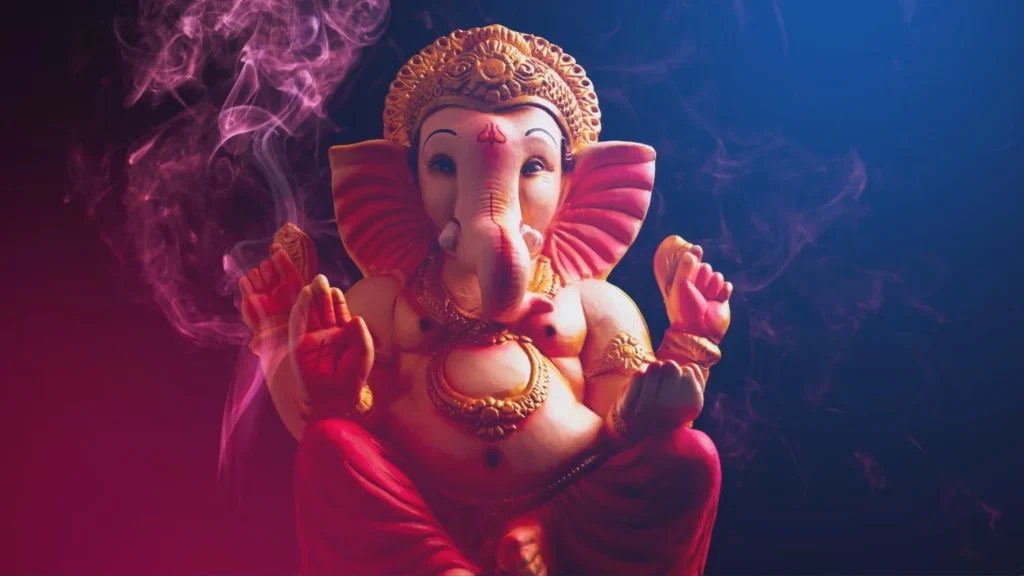
Table of Contents
Introduction: Why This Blog is Worth Your Time
When we talk about Odisha’s cultural soul, the Mahari dance shines like a quiet yet powerful thread connecting temple rituals, divine devotion, and classical artistry. Specifically, performed by temple dancers—Maharis—at the iconic Jagannath Temple in Puri, this dance form was not merely an artistic display. Instead, it was, and still is, a spiritual offering to Lord Jagannath.
Today, although the practice inside the temple has faded, the Mahari dance of Odisha continues to influence the globally acclaimed Odissi dance form, thus carrying forward its rhythm and reverence. Now, let’s dive into the story of this graceful tradition that once made temples pulse with divine movement.The Sacred Origin of Mahari Dance
The Mahari tradition dates back to the 12th century, during the reign of King Anantavarman Chodaganga Deva, who built the Jagannath Temple at Puri. Moreover, the practice, however, likely predates even that, with references found in the Skanda Purana and Madala Panji (temple chronicles).
So, who were the Maharis?
Derived from Maha Nari (great woman), Maharis were Devadasis—women married symbolically to the deity and dedicated for life to serve Lord Jagannath through music and dance. Furthermore, they lived within the temple precincts, observed strict rituals, and were trained in classical movement, music, and scriptures.
Unlike entertainers, Maharis were spiritual performers. In fact, they represented divine femininity, grace, and service.
The Role of Maharis in Jagannath Temple
To begin with, the Mahari dance of Puri was performed inside the Nata Mandapa (temple’s dance hall) as seva, not entertainment. Furthermore, the dancers invoked Lord Jagannath, Balabhadra, and Subhadra through expressive gestures, precise footwork, and emotionally charged abhinaya (expression).
Key Rituals Featuring Mahari Dance:
- Firstly, Badasinghara Besha (nighttime adornment of the deities)
- Secondly, Rath Yatra (Chariot Festival)
- Thirdly, Chandana Yatra and Jhulan Yatra
In addition, their performances were synchronized with Gita Govinda verses by Jayadeva, accompanied by mardala, manjira, and vocalists.
Notably, male dancers known as Gotipua, sometimes dressed as women, also carried forward this tradition. Eventually, this contributed to the formation of Odissi dance.From Mahari to Odissi
It is widely acknowledged that the Mahari dance is the mother tradition of Odissi—one of India’s eight classical dance forms. Initially, though originally confined to temple sanctums, Mahari techniques deeply influenced the structure of modern Odissi.
Moreover, famous Odissi legends like Kelucharan Mohapatra, Pankaj Charan Das, and Guru Deba Prasad Das adapted Mahari postures like tribhangi and chowka, blending them with Gotipua moves to formalize Odissi for the stage.
Mahari influences in Odissi:
- Firstly, lyrical bhakti-oriented expressions
- Secondly, semi-circular formations mimicking temple space
- Thirdly, use of Gita Govinda in choreography
Cultural Impact and Social Role of Maharis
The Mahari tradition wasn’t just about dance. Moreover, it reflected Odisha’s inclusive temple culture, blending Vaishnavism, Shaivism, Shaktism, and even tribal practices.
In addition, Maharis were often educated women, empowered in a patriarchal society, contributing artistically, economically, and spiritually. Consequently, their visibility during major temple events like Rath Yatra made them cultural icons of the time.
Furthermore, even male Maharis (Gotipuas) challenged gender norms, proving that in devotion, bhava (emotion) transcends all boundaries.Decline and Revival of Mahari Dance
The Mahari tradition began declining in the colonial era, especially after the Devadasi Prohibition Act (1947). Consequently, viewed by the British as “immoral,” temple dancing was banned, leading to a collapse of this rich heritage.
By the mid-20th century, only a few Maharis like Kokilaprabha and Sashimani Devi remained, performing occasionally outside the temple.
However, all is not lost.
Modern Revival Efforts:
- Firstly, Odisha Sangeet Natak Akademi supports Mahari research and performances
- Secondly, events like Puri Beach Festival feature Mahari-inspired dance
- Thirdly, Utkal University of Culture offers training in Mahari technique
- Additionally, performers like Rupashree Mohapatra and scholars like Dr. Ileana Citaristi are documenting and promoting Mahari legacy
FAQs
1. What is the Mahari dance of Odisha?
2. How is Mahari dance related to Odissi?
3. Who were the Maharis?
4. Why did Mahari dance decline?
5. Do performers present Mahari dance today?
Rediscover the Soul of Odissi Through Mahari Dance
Indeed, the Mahari dance of Odisha is not just a forgotten ritual—it’s a living spiritual legacy. Moreover, it shaped the graceful form of Odissi, empowered temple women in medieval India, and enriched the vibrant tapestry of Jagannath culture.
Although its sacred footsteps have faded from temple floors, its essence still dances—in the heartbeats of modern performers, the verses of Jayadeva, and the spiritual rhythm of Odisha itself.Explore, Experience, and Share the Mahari Legacy
Planning a visit to Puri?
Then, don’t miss performances during cultural festivals like the Puri Beach Festival (Nov 5–9), or seek out Odissi events that honor Mahari traditions.
Know a dancer or culture lover?
If so, share this blog and help spread awareness about this divine tradition.
Want to learn more?
Additionally, let me know if you’d like a list of Mahari-based performances, training centers, or a printable heritage guide.


